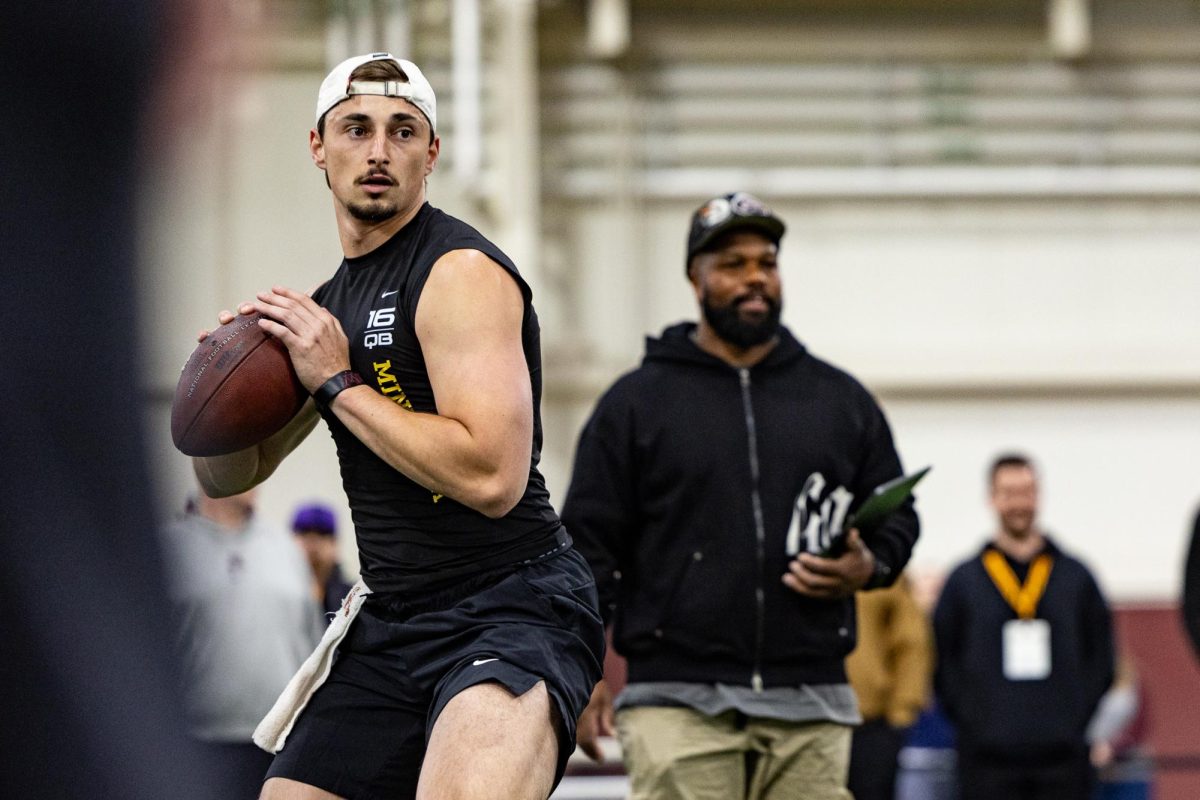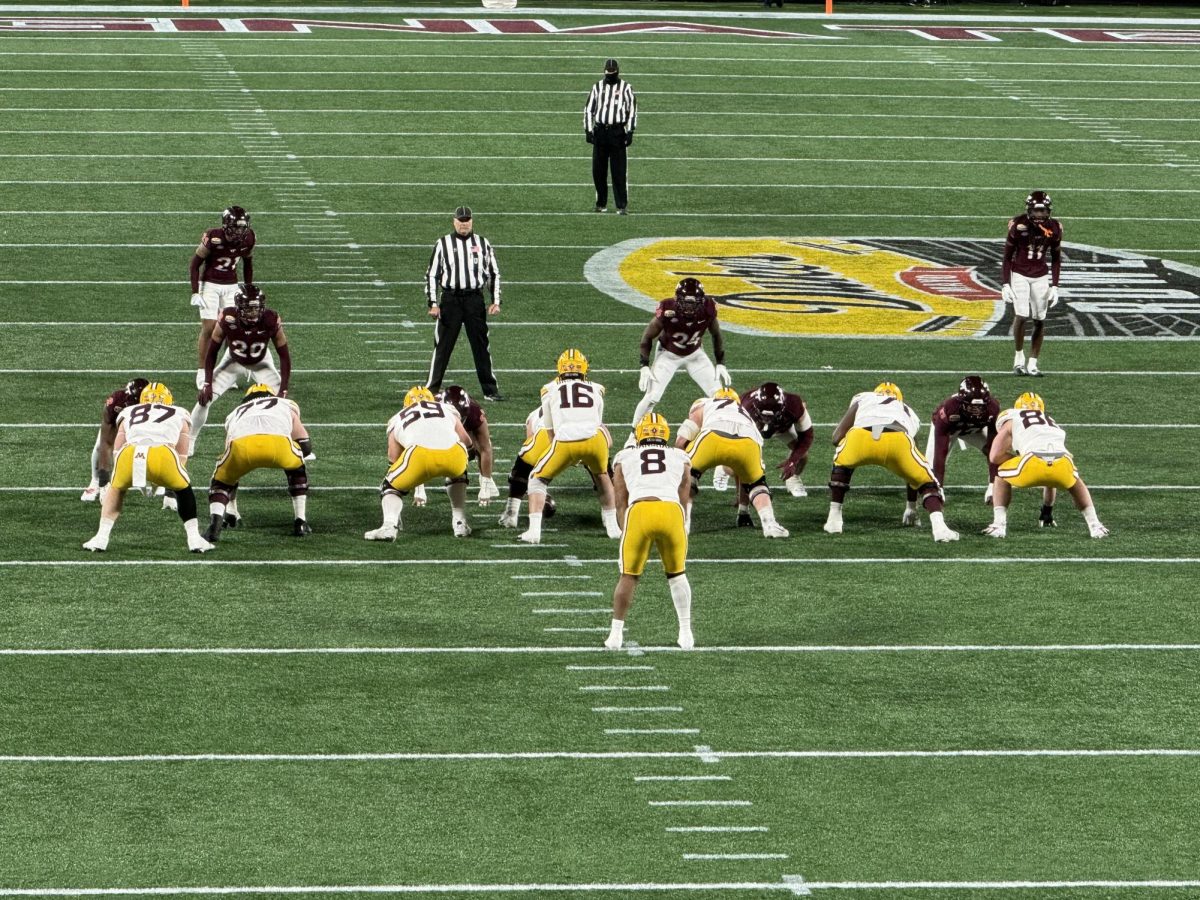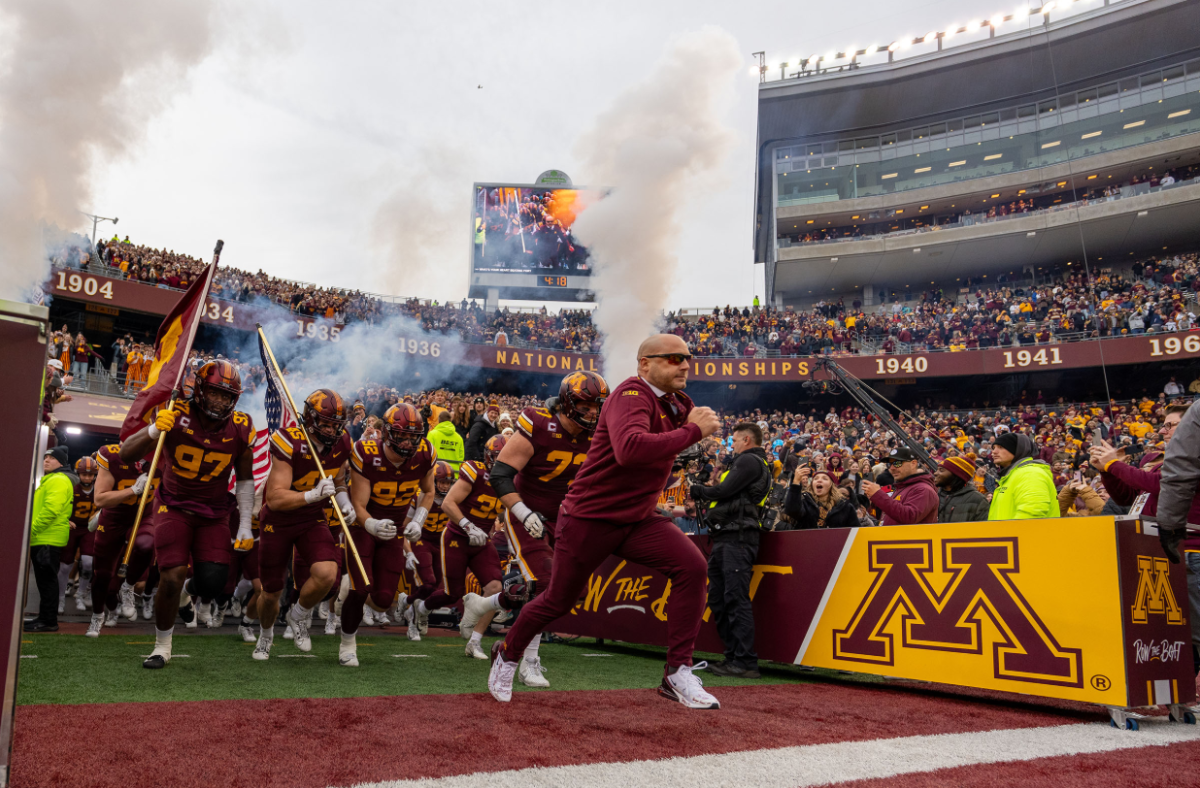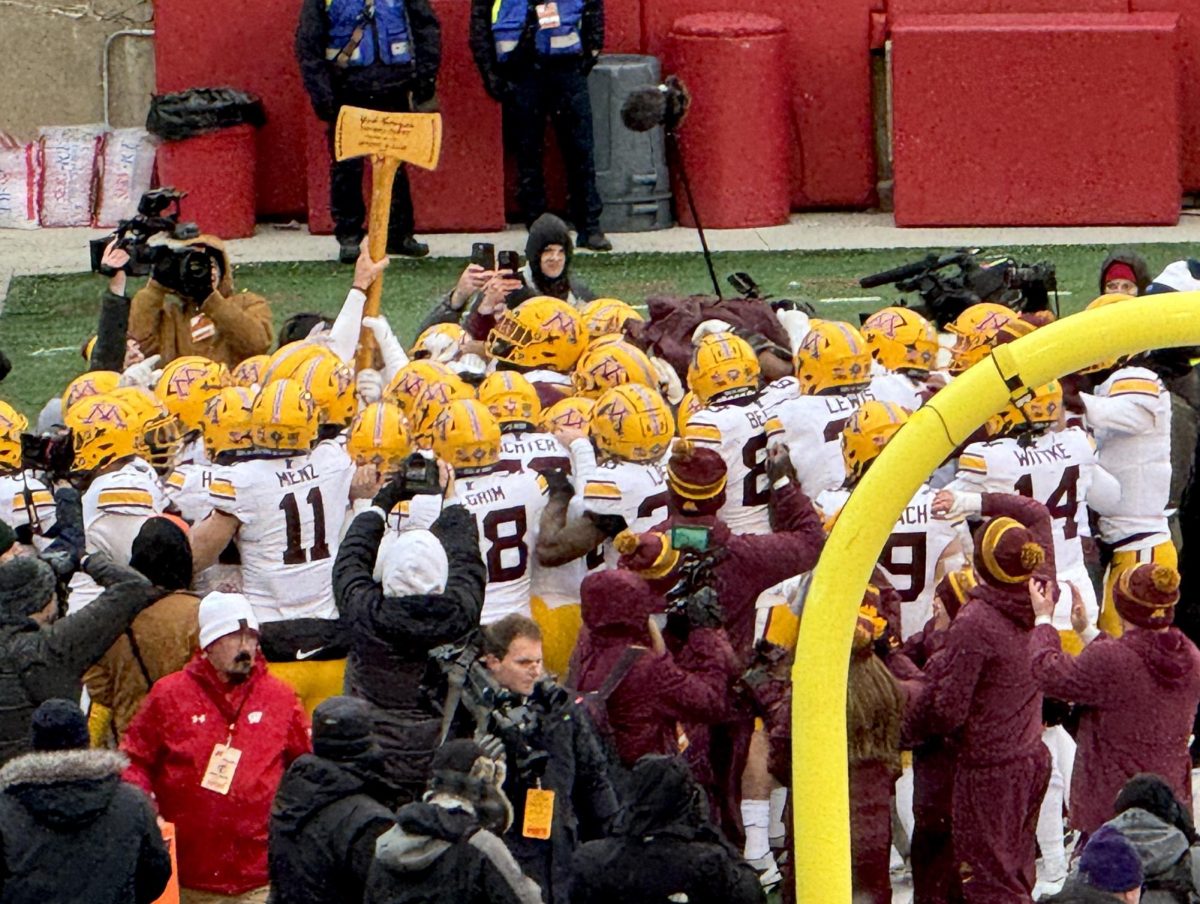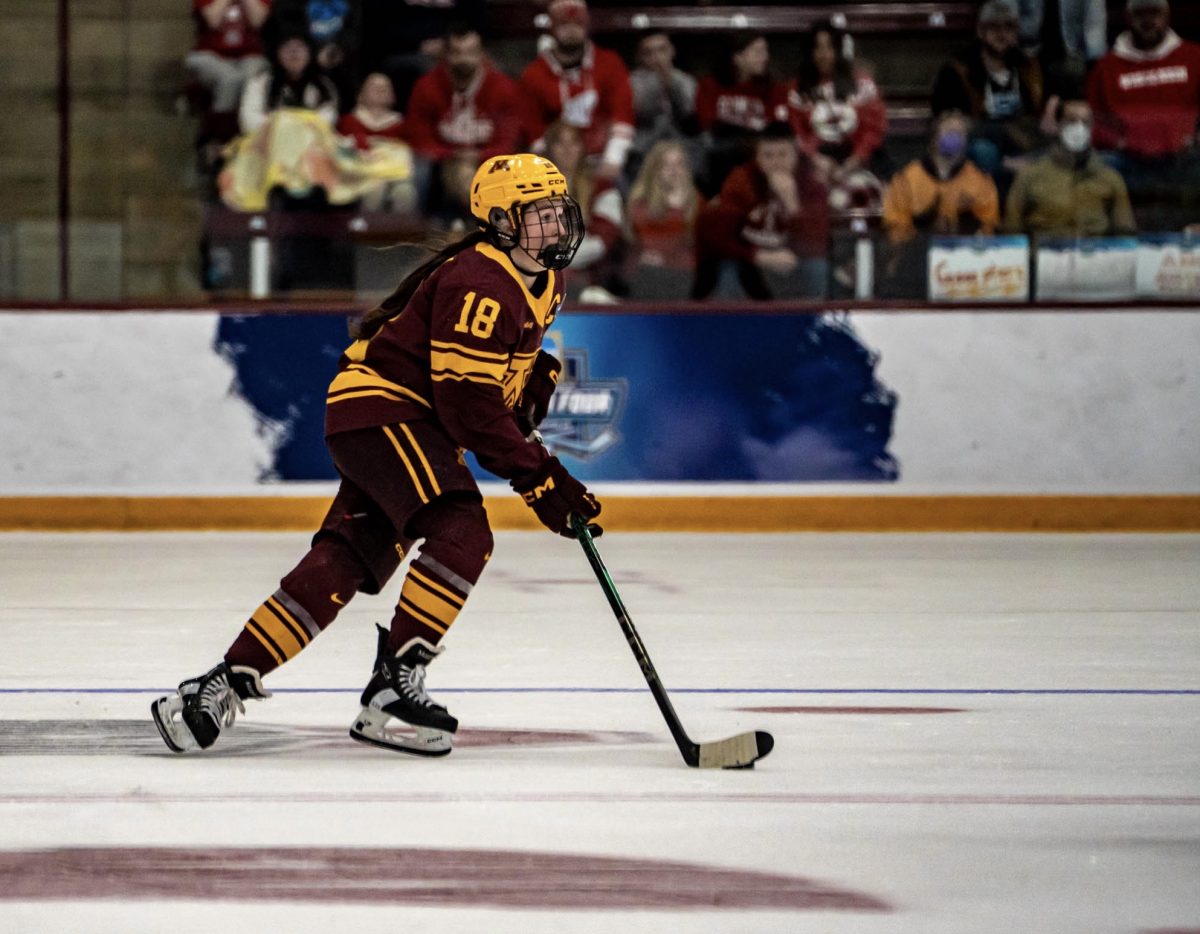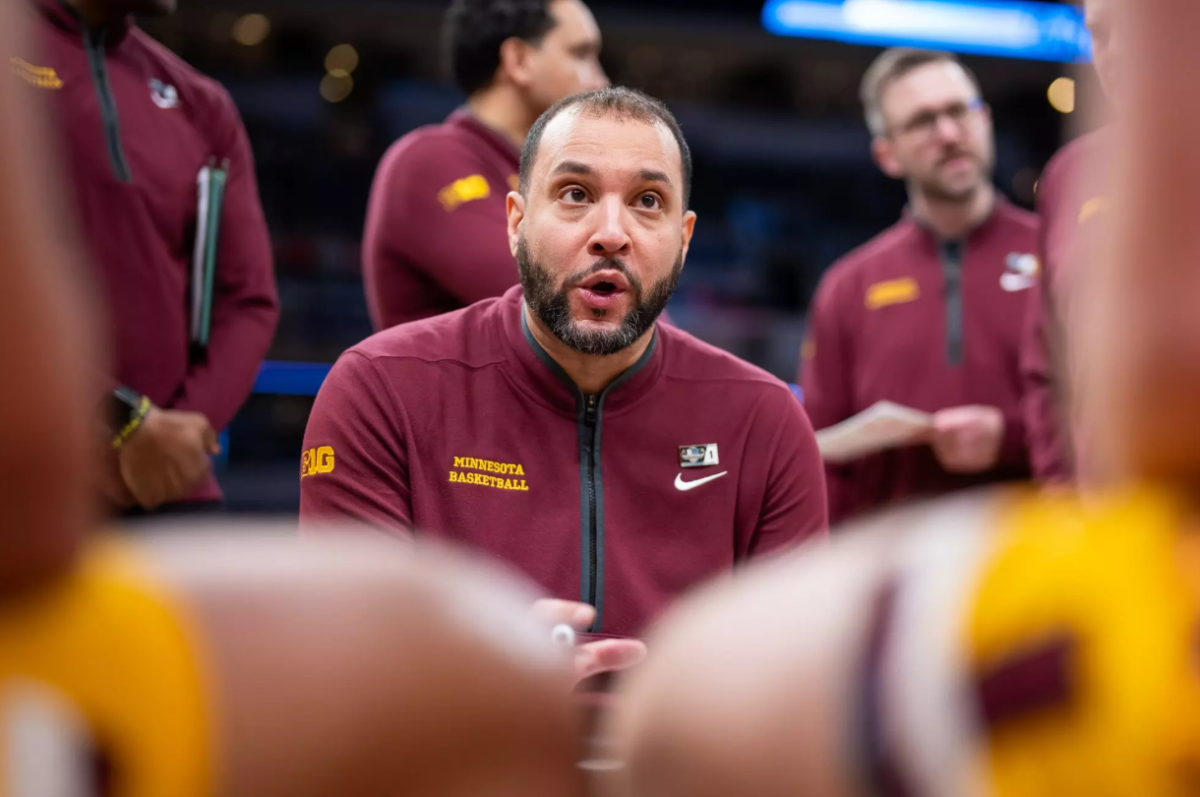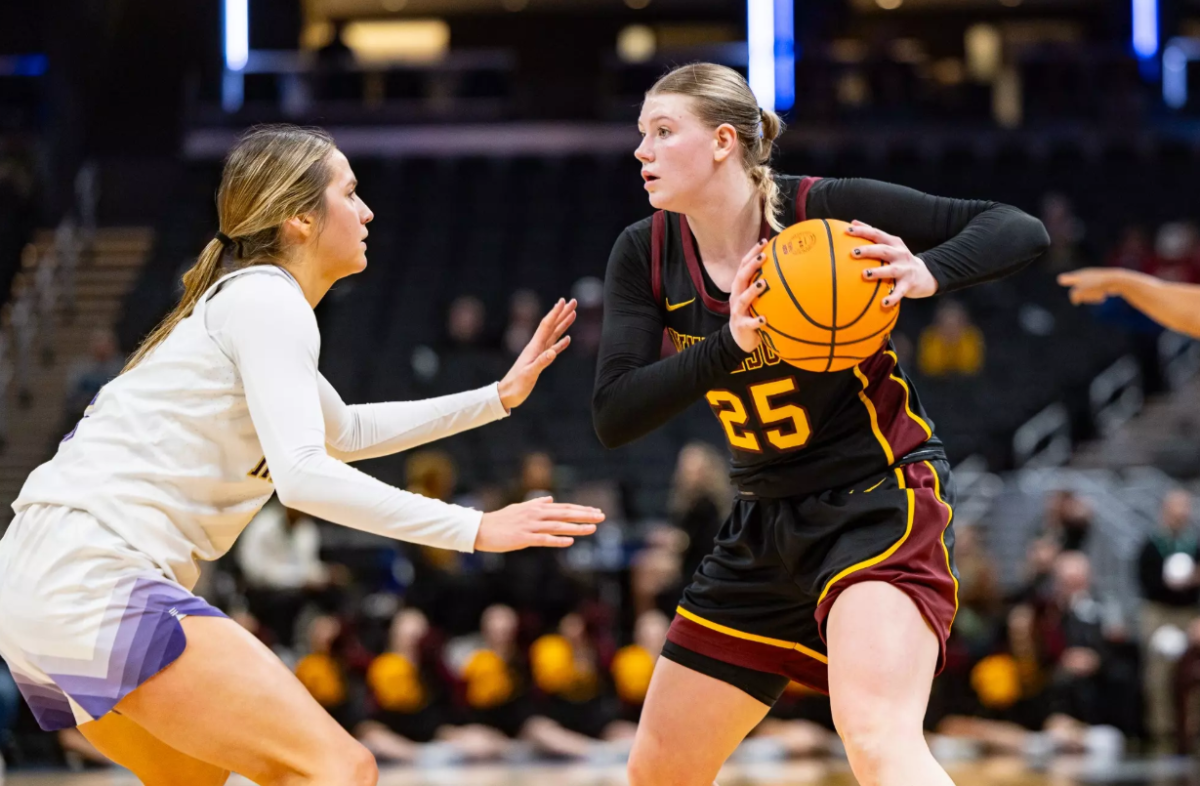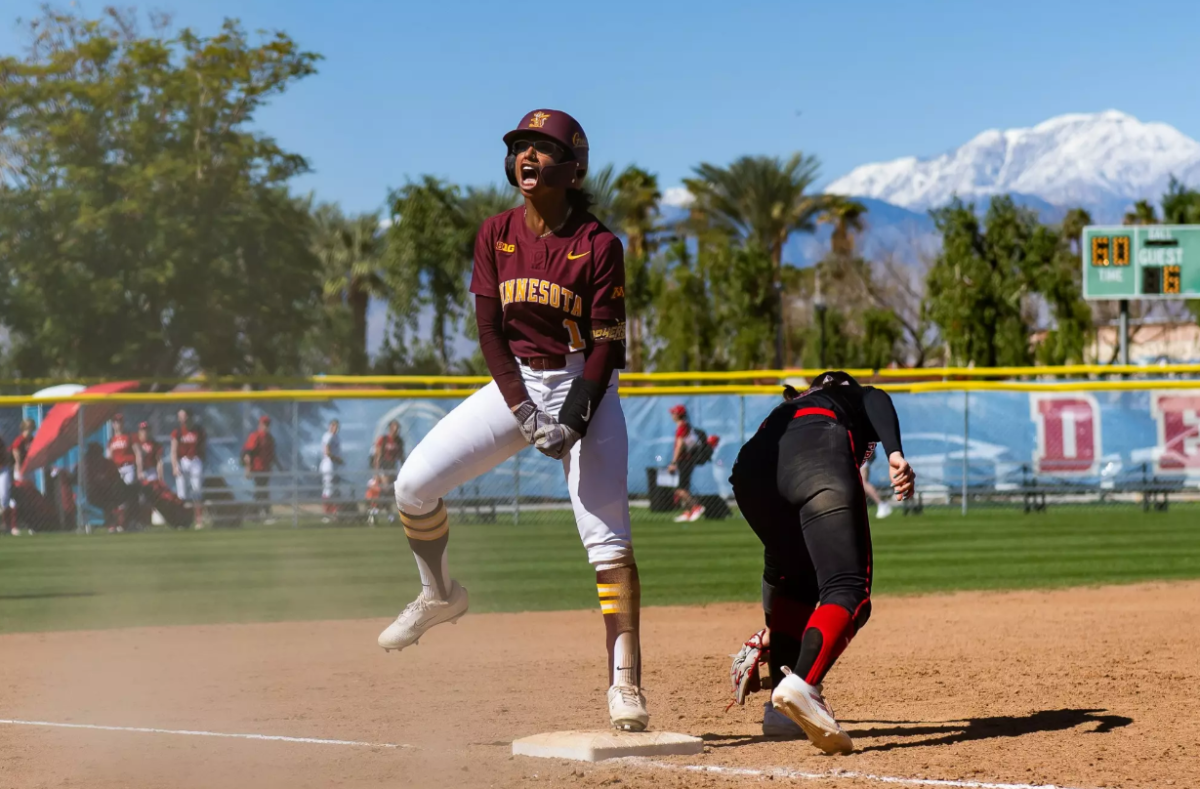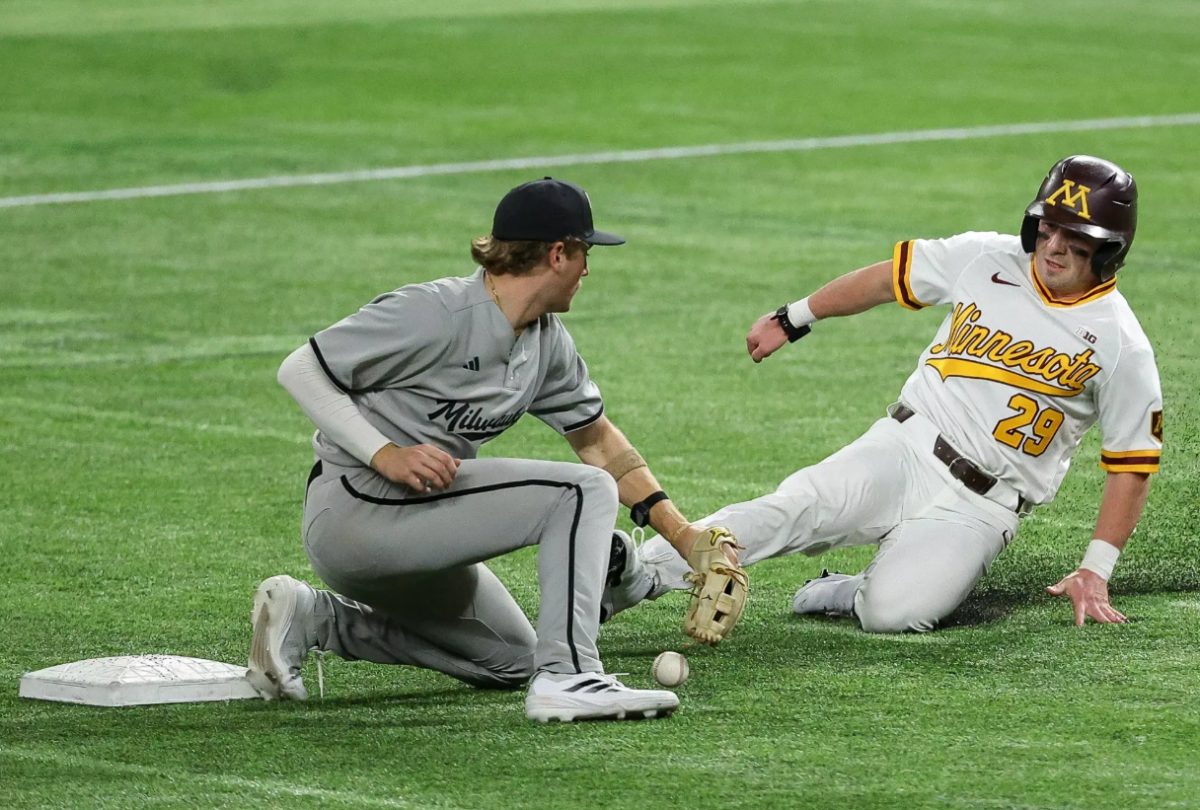2020 has been unlike any other year in many ways, and the college football season for Minnesota and other programs across the country will be different because of it.
Several conferences decided to either reduce or completely eliminate its non-conference schedule for the season. Instead of the normal 12 game schedule during the regular season, Big Ten teams will have an eight game conference-only schedule in which teams will face their six divisional opponents as well as two teams from the opposing division.
Why does this matter for the Gophers? Lack of non-conference games has already led to some sloppy play against better conference competition for teams across the country. In 2019, despite winning all three non-conference games, Minnesota looked like a team that could have been 0-3 instead of 3-0. But these games turned out to be tune-up opportunities, as the Gophers rolled through its Big Ten schedule with its only losses coming against Iowa and Wisconsin. Non-conference victories have also been practically automatic for Minnesota, as the program is 11-0 under head coach P.J. Fleck.
The season could also present issues involving roster depth and COVID-19. According to the Big Ten’s policies and procedures, players who test positive must remain out of play for at least 21 days. This could present problems for teams during that stretch given that players could miss three games of an already shortened season. Injuries are already problems dealt with in a normal season, but players potentially testing positive presents completely different challenges to teams and coaches.
“You’ve got to be able to adjust and adapt on the run very differently if there’s an ankle or an injury,” Fleck said. “You test positive on a Friday — somehow, someway, no matter the test they have to back it up — you’re out. Usually you know [with] injury status if a guy is going to make it or not.”
Following a trend found in many sports at various levels, Minnesota’s athletics department announced it would not be allowing general fans at home games and would only have family members of the team present. One of the most noticeable differences in a lack of a crowd at the college and professional levels is the ability for road teams to communicate better when on offense and use a hard count to draw defenses offsides. It also means there will be no fans rushing the field if the Gophers pull off another victory like they did a season ago against Penn State.
Despite all of these differences, Fleck has made one thing clear since the Big Ten announced it would be restarting: This season is still real football.
“The one thing that has stood out is football in 2020 is going to be different from what people have seen at times,” Fleck said. “It’s not any less real than it’s been because it’s real and it counts.”



